Home>Garden Essentials>What Aspect Of Stourhead Park Reflects A Departure From French Garden Design?
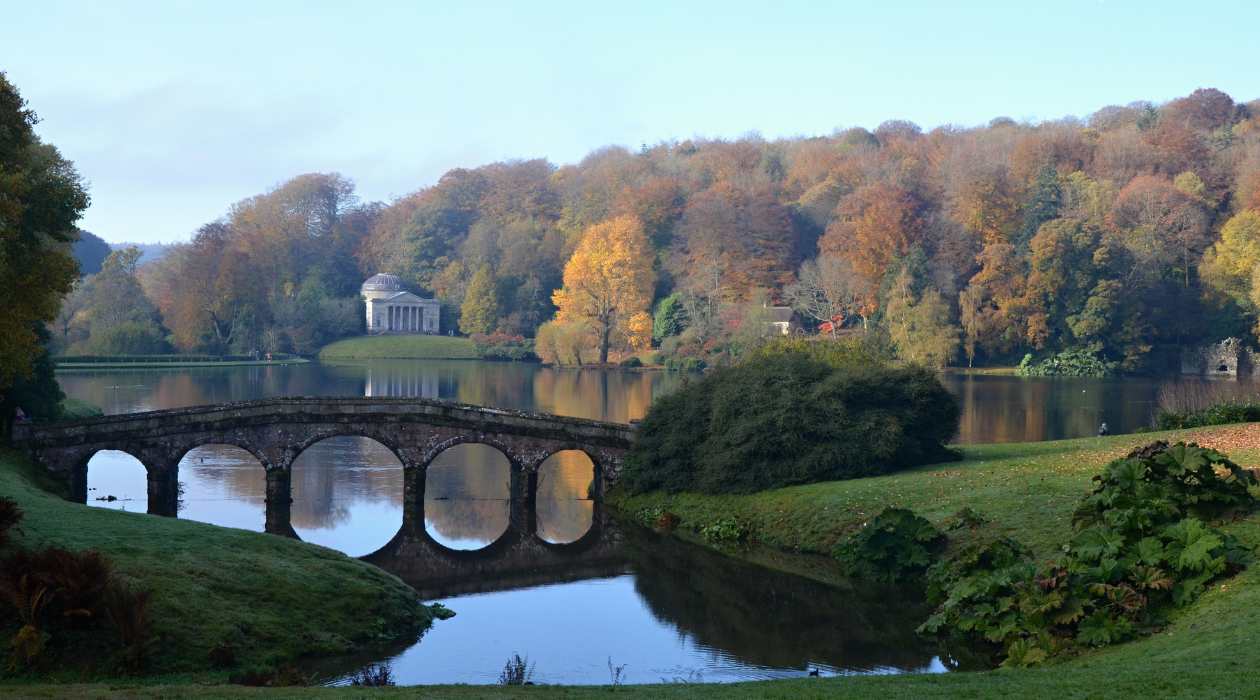

Garden Essentials
What Aspect Of Stourhead Park Reflects A Departure From French Garden Design?
Modified: March 7, 2024
Discover the unique departure from French garden design at Stourhead Park and explore the captivating aspects of its innovative garden layout.
(Many of the links in this article redirect to a specific reviewed product. Your purchase of these products through affiliate links helps to generate commission for Storables.com, at no extra cost. Learn more)
Introduction
Welcome to the enchanting world of Stourhead Park, where nature’s beauty meets architectural marvels. As you wander through the meticulously manicured gardens and take in the breathtaking landscapes, you may notice that Stourhead Park offers a departure from the traditional French garden design that was prevalent during its time. This departure is seen in the integration of naturalistic elements and the incorporation of English influences, resulting in a unique and captivating garden experience.
To truly appreciate Stourhead Park and its departure from French garden design, it is essential to understand the historical context and the characteristics of traditional French gardens. Let us delve into the fascinating history and intricacies of both French garden design and Stourhead Park, and discover the reasons that make Stourhead a truly exceptional masterpiece.
Key Takeaways:
- Stourhead Park’s departure from French garden design embraces natural beauty, irregular layouts, and English elements, creating a captivating and immersive experience for visitors.
- The integration of naturalistic plantings, picturesque water features, and architectural marvels at Stourhead Park reflects a departure from traditional French garden design, offering a harmonious blend of nature and human creativity.
Read more: What Is Carport Parking
Historical Background
In order to understand the departure from French garden design at Stourhead Park, it is important to explore the historical influences on garden design during the 18th century. During this time, the French formal garden style, characterized by symmetrical layouts, geometrically shaped hedges, and elaborate sculptures, was at its peak in popularity across Europe.
The French garden style originated during the 17th century with the development of the formal André Le Nôtre’s designs, such as those at the Palace of Versailles. These gardens aimed to showcase the grandeur and power of the French monarchy, with meticulously manicured lawns, meticulously arranged flowerbeds, and ornate fountains.
However, as the 18th century progressed, a new movement emerged in garden design, challenging the dominance of the French style. This movement, known as the English landscape garden, sought to create a more naturalistic and immersive experience, with irregular layouts, cascading water features, and the integration of picturesque elements.
It is within this historical context that Stourhead Park was created, with its departure from the French garden design principles and incorporation of English landscaping elements. Let us now delve into the specific aspects of Stourhead Park that distinguish it from its French counterparts.
French Garden Design
French garden design, also known as the formal or classical garden style, reached its peak popularity during the 17th and 18th centuries. It is characterized by its structured layouts, symmetry, and meticulous attention to detail. Let’s take a closer look at the key features of French garden design:
- Symmetry and Order: The French gardens are known for their symmetrical designs, featuring perfectly aligned hedges, pathways, and elements. This symmetry reflected the desire for balance and harmony.
- Geometric Shapes: The gardens were meticulously laid out with geometric shapes, such as parterres, which are intricately patterned flower beds, meticulously trimmed hedges, and precise alignment of paths and walkways.
- Central Axis: French gardens were typically organized around a central axis, also known as the “voie royale.” This axis served as the focal point of the garden and often led to a grand statue, pavilion, or water feature.
- Manicured Lawns: The lawns in French gardens were meticulously maintained, with a smooth and uniform appearance. They were often complemented by intricate flowerbeds and ornamentation.
- Formal Elements: Elaborate fountains, statuary, and ornamental features were key components of French garden design. These elements added a sense of grandeur and grandiosity to the overall design.
French garden design aimed to create an environment of order, control, and opulence. It showcased the power and wealth of the French monarchy, with gardens serving as extensions of the palaces they surrounded.
Now let us explore how Stourhead Park diverges from these traditional French garden design principles and introduces its own unique elements.
Stourhead Park: An Overview
Nestled in the heart of Wiltshire, England, Stourhead Park is a picturesque landscape garden that stands as a testament to the beauty of nature and human ingenuity. Created in the late 18th century by the Hoare family, the park encompasses over 2,650 acres of rolling countryside.
As you enter the park, you are greeted by the magnificent Stourhead House, a Palladian mansion that overlooks the sprawling gardens and the tranquil lake. The gardens themselves are a harmonious blend of architectural brilliance and natural splendor, designed to evoke a sense of awe and wonder.
The centerpiece of Stourhead Park is without a doubt its expansive lake, which spans 40 acres and is elegantly framed by lush trees and vibrant foliage. This natural body of water provides a serene backdrop for the various architectural features and landscaped gardens that dot the park.
Wandering through Stourhead Park, you will come across numerous architectural gems, including the Temple of Flora, the Pantheon, and the Grotto. These structures serve as focal points and offer a glimpse into the architectural styles and design influences of the time.
The park also boasts a diverse range of plantings, with carefully curated trees, shrubs, and flowers adorning the landscape throughout the seasons. From vibrant rhododendrons in the spring to golden-hued foliage in the autumn, the ever-changing colors and textures bring the park to life in a truly mesmerizing way.
Stourhead Park is not just a static garden to admire; it is an immersive experience that invites visitors to engage with the natural surroundings. Whether you choose to stroll along the shaded pathways, explore the hidden nooks and crannies, or simply sit by the water’s edge, Stourhead Park offers a tranquil respite from the hustle and bustle of everyday life.
Now that we have a general overview of Stourhead Park, let’s delve into how it departs from the traditional French garden design and embraces a more naturalistic approach.
Departure from French Garden Design
While French garden design of the 17th and 18th centuries was characterized by its symmetry, order, and formal elements, Stourhead Park presents a departure from these principles and introduces a more naturalistic and picturesque approach. This departure can be witnessed in various aspects of the park’s design and landscaping:
- Irregular Layout: Unlike the structured and symmetrical designs of French gardens, Stourhead Park embraces a more organic and irregular layout. The pathways meander through the landscape, creating a sense of discovery and surprise as visitors explore the garden.
- Naturalistic Plantings: Instead of meticulously trimmed hedges and perfectly arranged flowerbeds, Stourhead Park showcases a more naturalistic approach to planting. Trees, shrubs, and flowers are thoughtfully placed to mimic the beauty of the surrounding countryside, creating a harmonious blend between nature and design.
- Informal Water Features: While French gardens often featured grand and ornate fountains, Stourhead Park boasts a more natural approach to water features. The lake, with its gentle ripples and tranquil reflections, becomes the focal point and offers a sense of serenity and tranquility.
- Integration of Picturesque Elements: Stourhead Park incorporates picturesque elements, drawing inspiration from the English landscape garden movement. The subtle elevation changes, scenic viewpoints, and the strategic placement of architectural structures create breathtaking vistas that capture the imagination.
The departure from French garden design at Stourhead Park can be attributed to the changing tastes and desires of the time. With the rise of the English landscape garden movement, which emphasized a more immersive and naturalistic experience, the creators of Stourhead Park sought to evoke a sense of awe and wonder through the beauty of the surrounding countryside.
This departure from traditional French garden design principles is what makes Stourhead Park a truly exceptional masterpiece, where nature’s wild beauty meets the artistic vision of its creators. As we delve deeper into the architectural features and incorporation of English elements within the park, we will uncover the unique charms that make Stourhead Park a must-visit destination for garden enthusiasts and nature lovers alike.
The naturalistic landscape and the incorporation of classical architecture at Stourhead Park reflect a departure from the formal, geometric design of French gardens. This departure creates a more picturesque and romantic setting.
Read more: What Is Aspect Ratio On Projector
Architectural Features
One of the distinguishing characteristics of Stourhead Park is its impressive array of architectural features. These structures not only add visual interest to the landscape but also serve as focal points and elements of surprise. Let’s explore some of the notable architectural features within the park:
- The Temple of Flora: Located on a rise overlooking the lake, the Temple of Flora is a stunning architectural gem. This circular temple, inspired by ancient Roman architecture, is adorned with intricate detailing and classical columns. It offers a picturesque spot for visitors to admire the panoramic views of the surrounding landscape.
- The Pantheon: Situated at the far end of the lake, the Pantheon is an impressive temple-like structure that commands attention with its grandeur. It was designed to resemble the ancient Roman Pantheon and features a rotunda topped with a domed roof. The Pantheon adds a touch of magnificence to the already breathtaking scenery of Stourhead Park.
- The Grotto: For a touch of whimsy, the Grotto at Stourhead Park provides a delightful surprise. This underground structure is designed to resemble a natural cave, complete with stalactite-like formations and water trickling down the walls. The Grotto offers a cool and secluded spot to escape the sun and immerse oneself in a magical atmosphere.
- The Bridge: Spanning across the lake, the Bridge at Stourhead Park is an architectural marvel in itself. Its elegant design and graceful arches complement the surrounding natural beauty, creating picturesque views from every angle. The Bridge serves as a link between different parts of the park and offers a unique perspective of the landscape.
- The Temple of Apollo: Standing near the lake’s edge, the Temple of Apollo is another remarkable architectural feature within Stourhead Park. This small temple, adorned with a statue of Apollo, adds a touch of mythology and intrigue to the garden. It serves as a reminder of the classical influences that shaped the design of the park.
These architectural features at Stourhead Park serve as points of interest and create a sense of wonder for visitors. Their combination of classical design elements and integration into the natural landscape is a testament to the skill and vision of the park’s creators.
As we continue our exploration of Stourhead Park, we will discover how the naturalistic landscaping further enhances its departure from traditional French garden design.
Naturalistic Landscaping
One of the defining aspects of Stourhead Park’s departure from traditional French garden design is its embrace of naturalistic landscaping. Instead of rigidly structured layouts and meticulously manicured lawns, the park showcases a more organic and harmonious integration with the surrounding natural environment. Let’s explore the key features of Stourhead Park’s naturalistic landscaping:
- Carefully Curated Plantings: Stourhead Park boasts a diverse selection of trees, shrubs, and flowers carefully chosen to blend seamlessly with the existing landscape. Indigenous and ornamental species are thoughtfully planted to create contrasting textures, colors, and seasonal interest. This approach mimics the beauty found in the natural countryside while providing a stunning visual display throughout the year.
- Blending of Natural and Designed Elements: Rather than imposing strict geometric forms, Stourhead Park integrates its architectural features and pathways with the natural contours of the land. The undulating terrain, gentle slopes, and natural water features are harmoniously incorporated into the overall design, giving the park a sense of fluidity and embracing the beauty of the existing landscape.
- Preservation of Existing Features: Instead of altering or removing existing natural elements, Stourhead Park celebrates them. Ancient trees and rock formations are woven into the fabric of the garden, creating a sense of timelessness and connecting visitors to the long history of the landscape. These preserved elements add depth and character to the naturalistic scenery.
- Emphasis on Seasonal Changes: Stourhead Park’s naturalistic landscaping takes full advantage of the changing seasons. Spring brings vibrant blooms, summer showcases lush greenery, autumn reveals a kaleidoscope of colors, and winter offers a serene and minimalist beauty. Each season unveils different aspects of the park’s natural charm, creating a dynamic and ever-changing landscape.
- Informal Water Features: Instead of elaborate fountains and symmetrical water features commonly found in French gardens, Stourhead Park embraces a more organic approach to water. The lake and its gently cascading streams mimic the natural flow of water, creating a tranquil and immersive experience. The sounds and reflections of water add to the park’s serene ambiance.
The naturalistic landscaping at Stourhead Park creates a sense of harmony and invites visitors to immerse themselves in the beauty of nature. It offers a departure from the rigidly controlled environment of traditional French gardens, allowing for a more intimate connection with the land and a deeper appreciation of the natural world.
As we continue our exploration of Stourhead Park, we will discover how the incorporation of English elements further enhances its departure from traditional French garden design.
Incorporation of English Elements
As we delve deeper into Stourhead Park, we discover an enchanting blend of natural beauty and distinctive English garden elements, further setting it apart from traditional French garden design. The incorporation of these English features adds a unique charm to the park and reflects the influence of the English landscape garden movement. Let’s explore these elements:
- English Country Garden Aesthetics: Stourhead Park embraces the quintessential charm of an English country garden. The carefully curated flowerbeds burst with a riot of colors, while the lawns create an inviting space for leisurely strolls and picnics. This nod to the English gardening tradition evokes a sense of tranquility and timeless elegance.
- Informal Walkways and Paths: Stourhead Park’s network of pathways meanders gracefully through the landscape, inviting visitors to explore at their own pace. Unlike the formal geometric paths of French gardens, the informal walkways at Stourhead Park provide a sense of discovery, guiding visitors through hidden nooks, scenic viewpoints, and unexpected natural wonders.
- Romantic Bridges and Follies: Stourhead Park features charming bridges and follies strategically placed throughout the landscape. These whimsical structures, such as the Bridge and the Temple of Flora, harken back to the romanticism of English garden design. They create picturesque scenes, allowing visitors to fully immerse themselves in the fairytale-like atmosphere of the park.
- Integration with the Surrounding Countryside: Stourhead Park seamlessly integrates with the natural landscape of the English countryside. It captures the essence of the rolling Wiltshire hills, woodlands, and meadows, blending the garden seamlessly with its surroundings. This integration enhances the park’s sense of place and highlights the beauty of the region.
- Seasonal Interest and Naturalistic Plantings: In line with English gardening traditions, Stourhead Park showcases an appreciation for seasonal changes. The carefully selected plants and trees provide year-round interest, with bursts of spring blooms, vibrant summer foliage, romantic autumn colors, and the stark yet captivating beauty of winter. This seasonal progression ensures that every visit to the park offers a unique and unforgettable experience.
The incorporation of these English elements within the design of Stourhead Park further distinguishes it from traditional French gardens. It showcases the influence of the English landscape garden movement, which emphasized a more immersive and naturalistic approach, celebrating the beauty of the English countryside.
As we conclude our exploration of Stourhead Park, we reflect on how its departure from traditional French garden design and the incorporation of English elements have created a truly captivating and harmonious space. Stourhead Park stands as a testament to the enduring beauty of nature, the creativity of human vision, and the boundless possibilities of landscape design.
Conclusion
Stourhead Park represents a departure from traditional French garden design and stands as a testament to the beauty of nature and the creativity of human vision. With its naturalistic landscaping, integration of English elements, and architectural marvels, the park offers a captivating and immersive experience that sets it apart from its counterparts.
Throughout history, gardening styles and trends have evolved, reflecting the changing tastes and desires of society. Stourhead Park emerged during a time when the French formal garden style dominated Europe but witnessed a shift towards a more naturalistic and picturesque approach championed by the English landscape garden movement.
By embracing irregular layouts, naturalistic plantings, and strategic architectural features, Stourhead Park pays homage to the beauty of the English countryside while departing from the rigid and formal French garden design principles. The integration of English elements, such as romantic bridges and follies, informal pathways, and a deep appreciation for seasonal changes, further enhances the park’s unique charm and sense of place.
As visitors wander through Stourhead Park, they are transported into a world of natural splendor, architectural brilliance, and serene beauty. The carefully curated plantings, picturesque lake, and breathtaking vistas offer a sense of awe and tranquility, inviting visitors to pause, reflect, and connect with the natural environment.
Stourhead Park is not merely a garden, but a living work of art that showcases the harmonious relationship between humanity and nature. It serves as a testament to the power of landscape design to inspire, evoke emotion, and create moments of serenity and contemplation.
Whether you’re an avid garden enthusiast, an admirer of architecture, or simply someone seeking a retreat into nature, a visit to Stourhead Park will leave an indelible impression. It is a place where the departure from traditional French garden design and the incorporation of English elements come together to create a truly remarkable and unforgettable experience.
So, immerse yourself in the beauty of Stourhead Park, wander the pathways, and let the timeless allure of its landscapes and architectural wonders transport you to a world of enchantment and inspiration.
Frequently Asked Questions about What Aspect Of Stourhead Park Reflects A Departure From French Garden Design?
Was this page helpful?
At Storables.com, we guarantee accurate and reliable information. Our content, validated by Expert Board Contributors, is crafted following stringent Editorial Policies. We're committed to providing you with well-researched, expert-backed insights for all your informational needs.



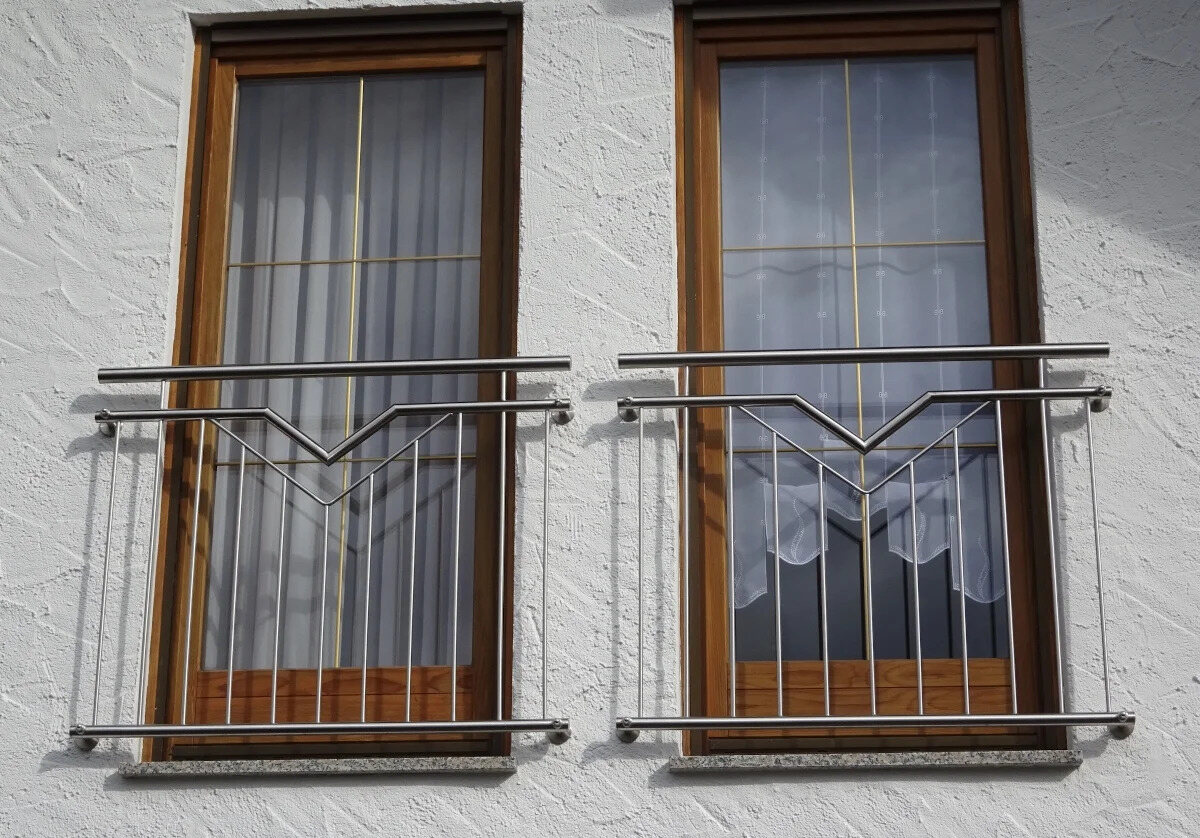
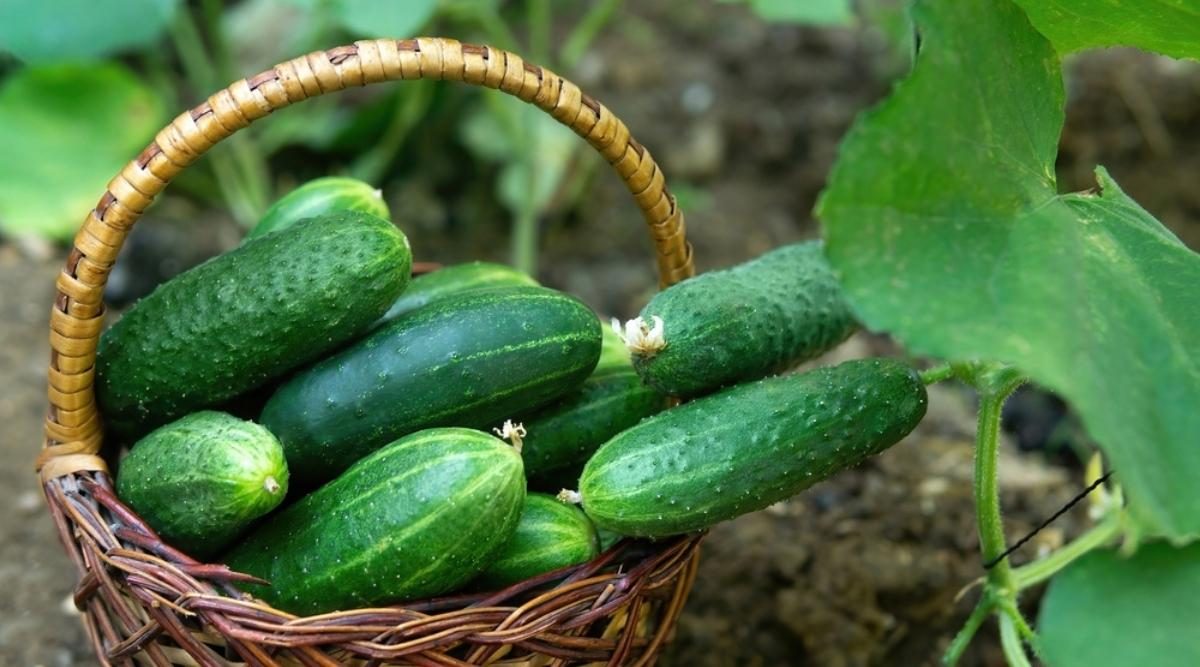

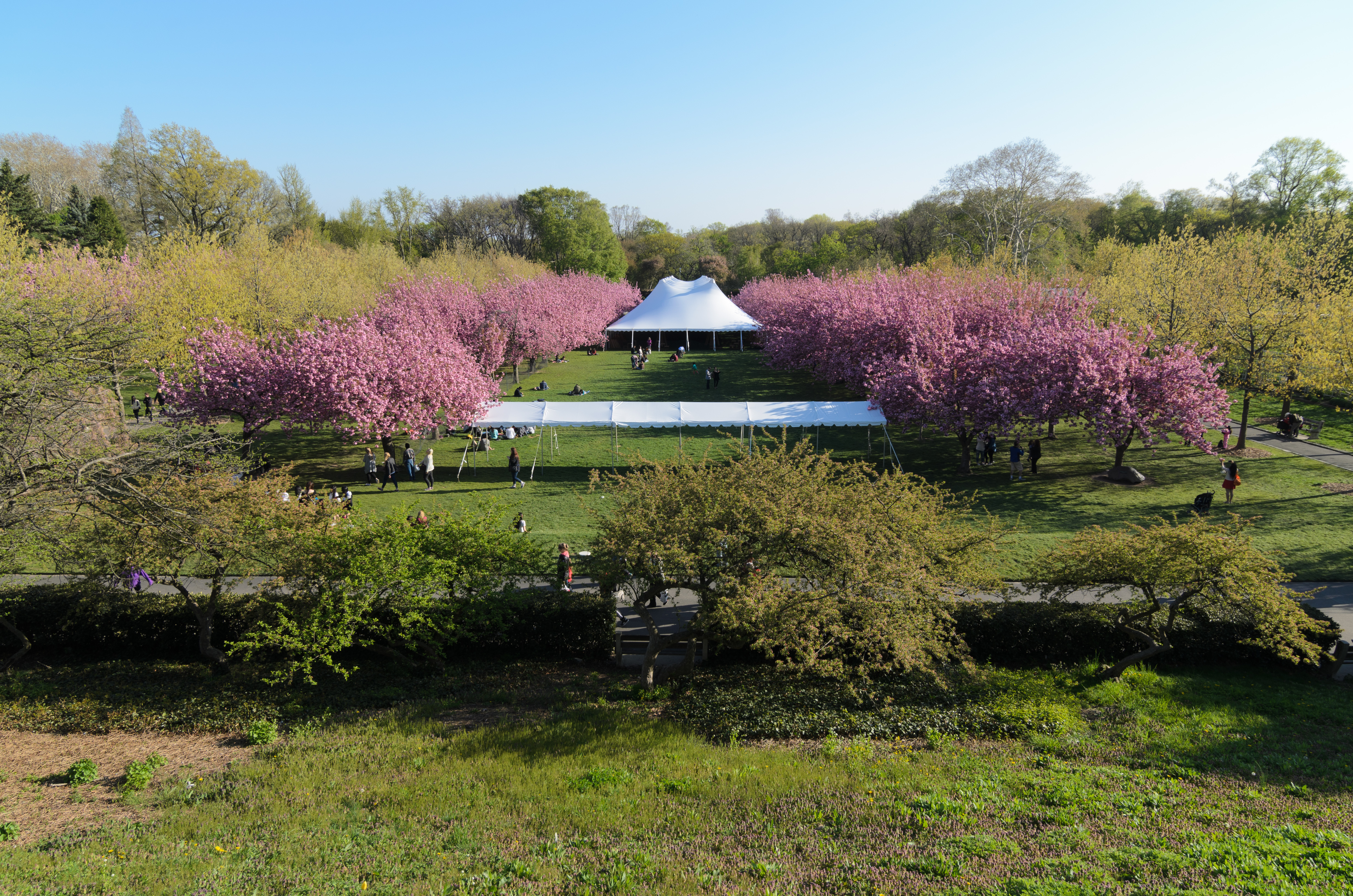
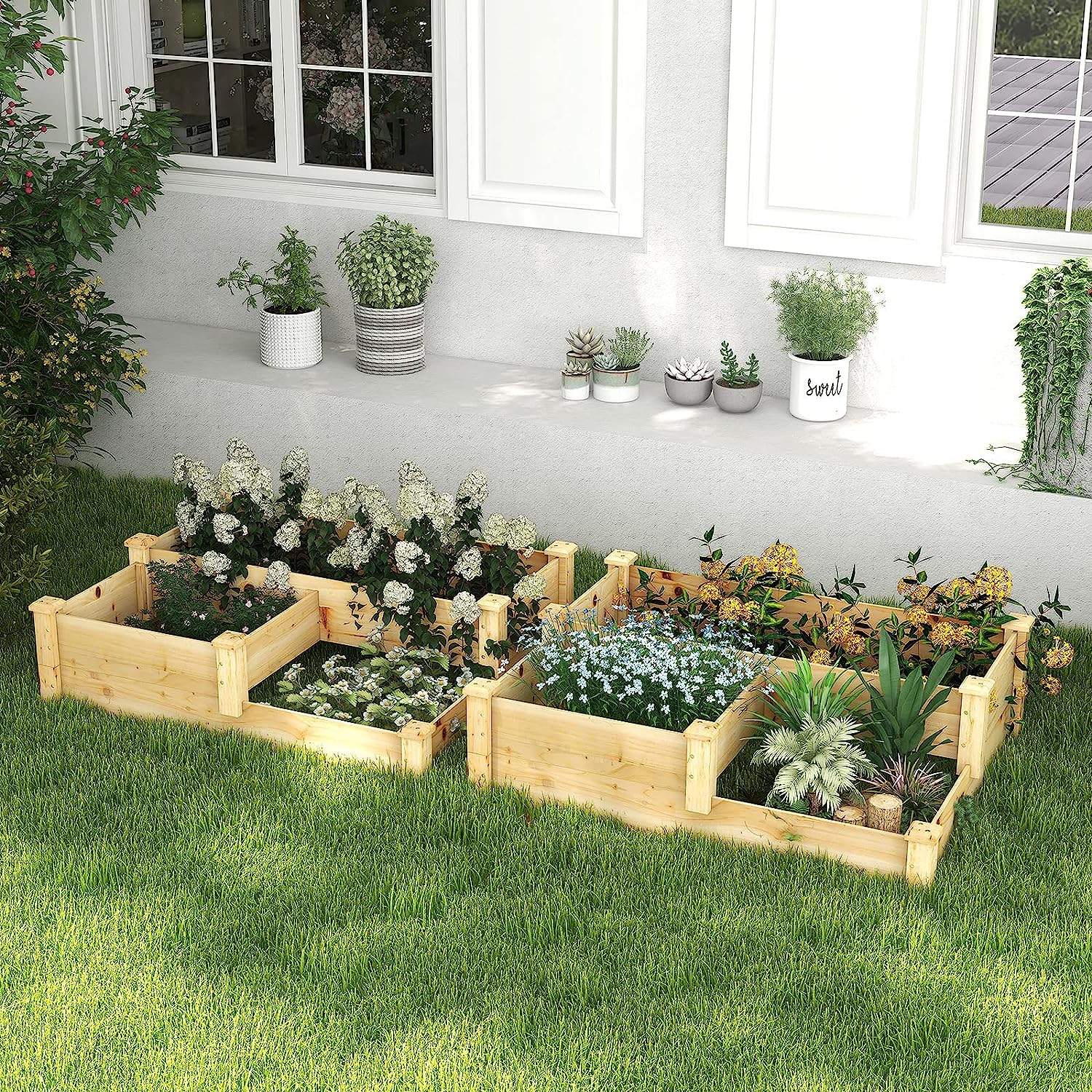
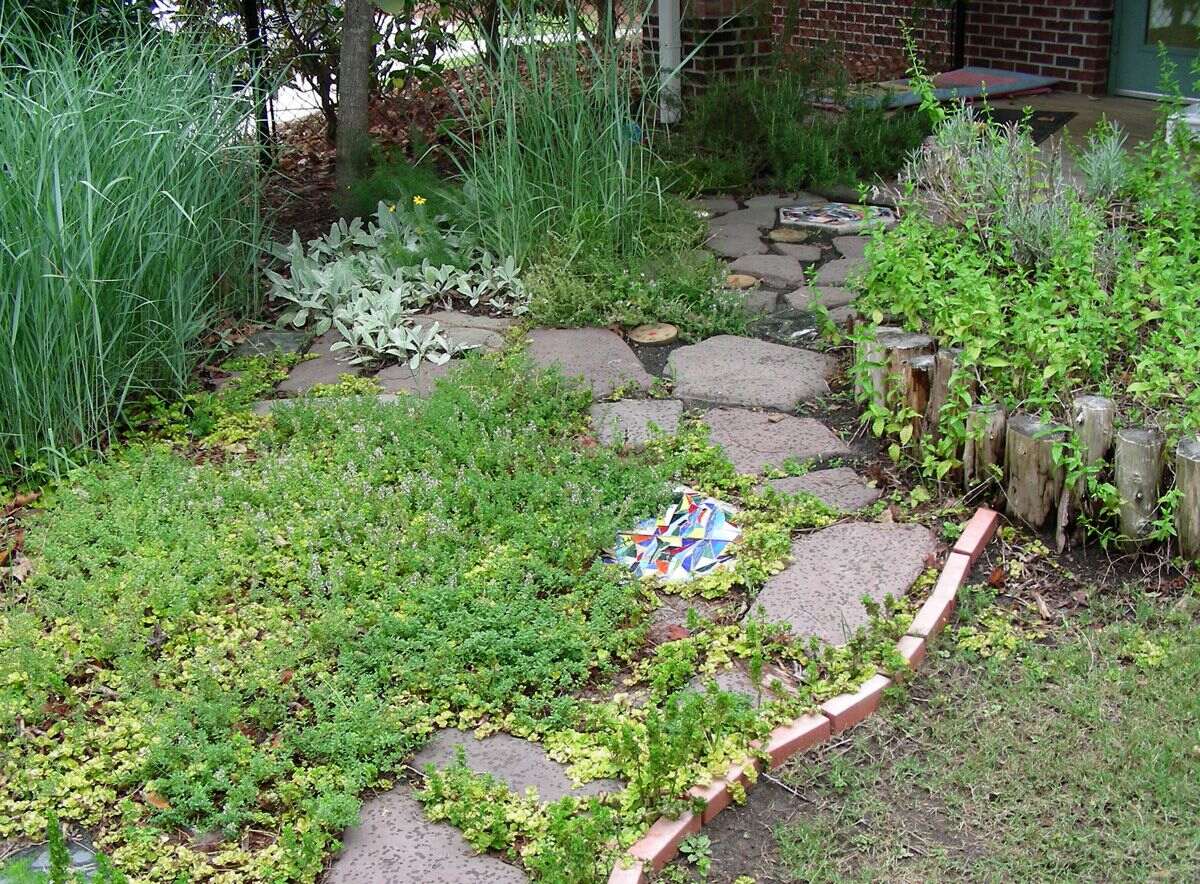


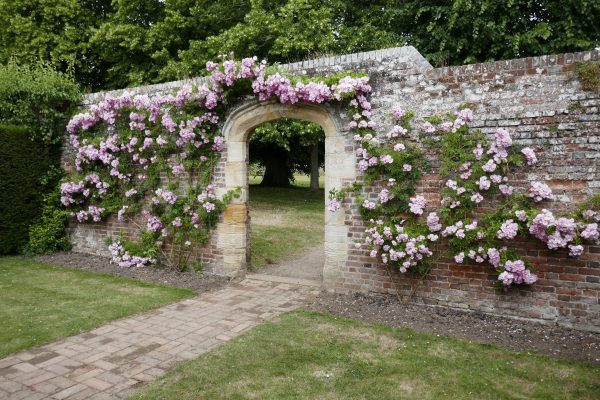



0 thoughts on “What Aspect Of Stourhead Park Reflects A Departure From French Garden Design?”